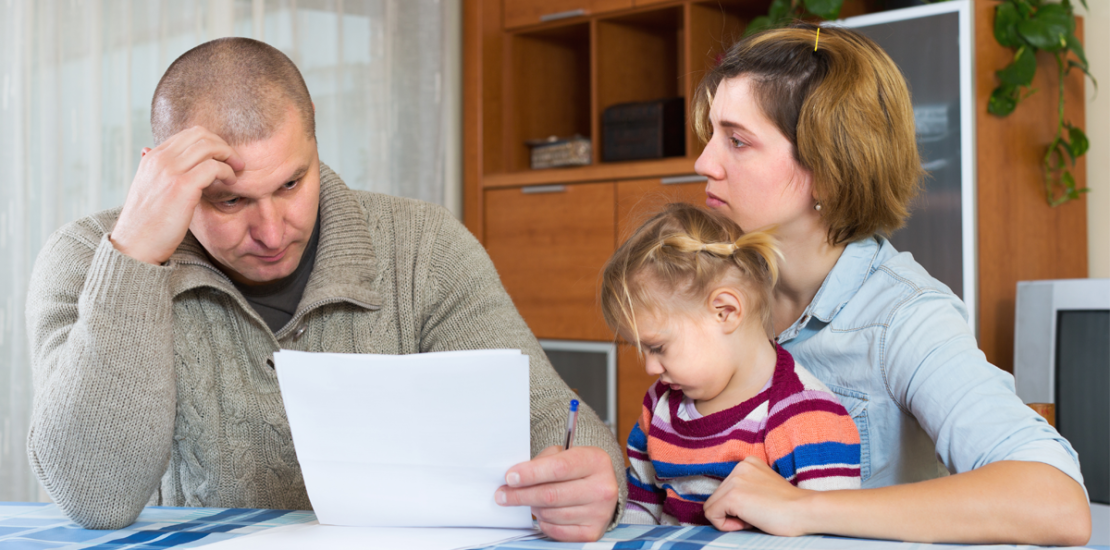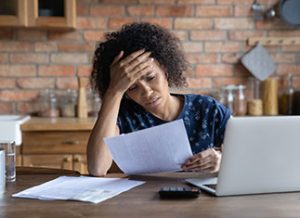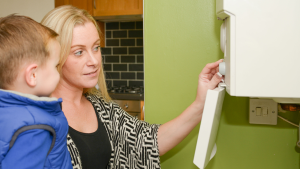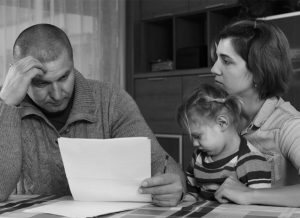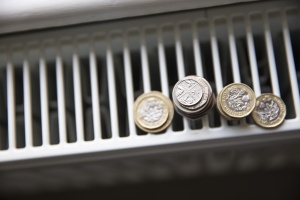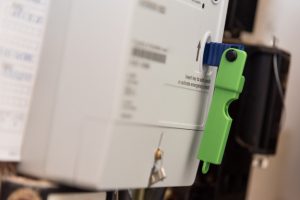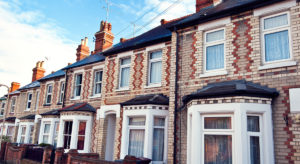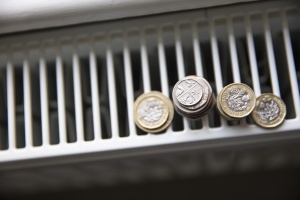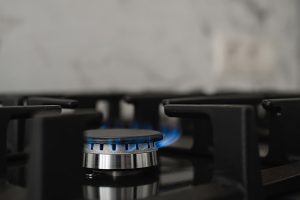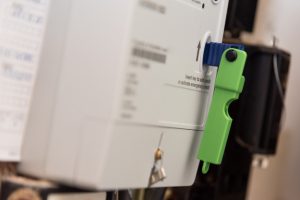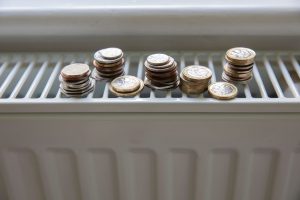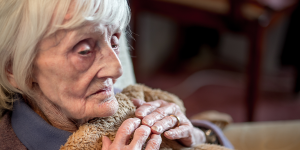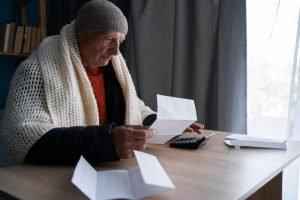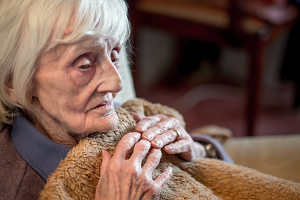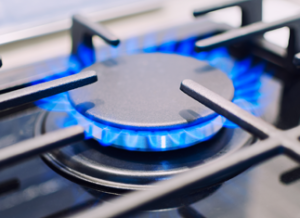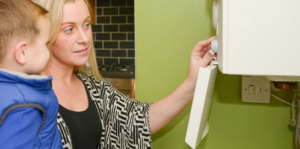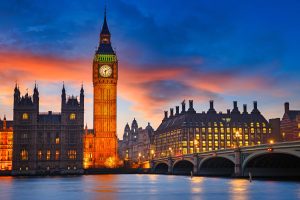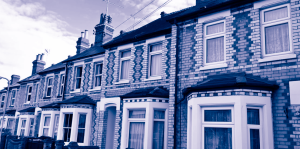- Today the UK government reveals 3.17 million households in England are in fuel poverty – virtually unchanged from 2022.
- The figures show that the fuel poverty crisis is deepening, with the average fuel poverty gap now greater than any point since the UK government began measuring it. Fuel poor households now pay on average £417/year more for energy than if they were living in a more efficient home.
- Figures come after National Energy Action’s new Fuel Poverty Monitor, with Energy Action Scotland and Gemserv Ltd, highlighted over 3 million households could be left in fuel poverty by the end of the decade, despite a legal requirement for no households in England to be living in fuel poverty by 2030.
- Today’s announcement also follows new YouGov polling for National Energy Action showing three in 10 of British adults have struggled to pay their energy bill in the last three months, while half turned their heating off even though it was cold outside. The polling also found broad support for low-income homeowners receiving grant funding.
Today the UK government releases its official Fuel Poverty Statistics for England showing 3.17 million households are in fuel poverty. This is virtually unchanged from 2022, when it was 3.18 million. This England-only figure is based on the government metric of fuel poverty (Low Income Low Energy Efficiency).
The new official statistics also show that 1.17 million households with children in England are in fuel poverty, up from 1.15 million in 2022. Additionally, 2.1 million vulnerable households are now in fuel poverty, an increase from 2022. The depth of fuel poverty affecting households is higher than ever.
National Energy Action estimates that 6.5 million UK households are paying 10% of their income on their energy bills. While energy bills are forecast to fall by around 16% in April, this still leaves them far higher than pre-crisis level, with households burdened by record levels of energy debt (£2.9 billion).
- In October 2021, the typical annual energy bill was £1,276
- It’s currently £2,000
- From 1 April, it’s forecast to reach £1,640
New polling by YouGov exclusively for National Energy Action of 2016 adults in Great Britain shows that three in 10 (30%) say their household has found it difficult to afford to pay their energy bills in the past three months.
This has driven many to drastic ‘not’ coping strategies. In the last three months: 59% of British adults had turned their thermostat down lower than they wanted, while 52% turned their heating off, even though it was cold inside the house.
Others had gone to bed early to stay warm (49%) and only heated one room in the house (45%), while a quarter (28%) had left the curtains closed all day or covered the windows in newspaper, and 22% had left the house to avoid putting the heating on. What’s more, 6% had even foraged locally for wood or other fuel.
Adam Scorer, Chief Executive of National Energy Action, says:
“Even with the government’s own fuel poverty measurement, which is 12 months out of date and doesn’t reflect the impact of actual energy prices, we’ve made no progress over the past year and the situation has got so much worse for people already in fuel poverty.
“The ‘fuel poverty gap’ has grown by 66% since 2020 and the government metric that reflects how many low income households live in the least efficient homes has remained unchanged in the same period.
“At this rate, the government will miss its 2030 legal fuel poverty target by a country mile and millions will be stuck unable to afford to keep their homes and their families warm and well.”
Because of the one-year time lag on the government data and because fuel poverty is calculated differently in each of the UK nations, National Energy Action’s figures show the number of households across Great Britain and Northern Ireland in fuel poverty is much higher. Our figures show 6.5 million UK households are currently in fuel poverty.
Funding gap of £18 billion
These new figures come after National Energy Action, with sister charity Energy Action Scotland and Gemserv, released its annual Fuel Poverty Monitor. It shows a funding gap of at least £18 billion for energy efficiency measures to meet the legal requirement to ensure fuel poor homes in England are brought up to a reasonable standard of energy efficiency by the end of this decade.
The report also shows that effective regulation of private and social landlords would reduce the investment gap to £10.8 billion of central investment required. In the private rented sector alone, this could remove almost two-fifths of all households from fuel poverty in England by 2030. We recommend that the UK government commits an additional £2bn per year to ensure 90% of fuel poor homes in England are insulated to EPC C before the target date, up from approximately £0.5bn per year currently.
The poorest households could be left paying on average, £480 more a year to meet their energy needs and trapped in cold, damp and unhealthy homes if this gap is not filled. The findings also highlighted the remaining benefits of meeting the 2030 fuel poverty target in England are vast, spanning household financial savings, savings for the health sector, benefits to landlords, positive environmental impacts and benefits to the broader economy.
Our polling also shows that 87% of British adults support the government providing grant funding for low-income households to improve the energy efficiency of the homes they own.
National Energy Action is calling for a social tariff for those on a low income, a help-to-repay scheme for energy debt and increased investment in energy efficiency.
If you post your story online, please link to https://www.nea.org.uk/energy-crisis/
ENDS
Notes to editors
- National Energy Action (NEA), is the national fuel poverty charity, working across England, Wales and Northern Ireland, to improve the lives of people in fuel poverty. We directly support people with energy and income maximisation advice, and we advocate on issues such as the current energy crisis and the need to improve the energy efficiency of our homes. See: https://www.nea.org.uk/.
- The UK Fuel Poverty Monitor report is based on a Call for Evidence (CfE), which gained responses from 136 respondents covering the breadth of the UK to obtain views on the success of current fuel poverty strategies and policies. To supplement this, NEA commissioned new analysis by Gemserv Ltd to understand the costs and benefits of meeting energy efficiency-based fuel poverty targets. The report also draws on the direct experience of people who are living through the crisis, with real-life experience of households contained as case studies that tell stories about their experiences of being in fuel poverty and accessing support. Go to nea.org.uk/publications/uk-fuel-poverty-monitor-national-energy-action-2022-23/.
- The definition of fuel poverty that we use is that a household is in fuel poverty if it needs to spend 10% or more of its income on energy in order to maintain a satisfactory heating regime.
- The government uses the Low Income Low Energy Efficiency (LILEE) definition for fuel poverty in England (Scotland, Wales and Northern Ireland use different definitions). Under the LILEE indicator, a household is considered to be fuel poor if:
- they are living in a property with a fuel poverty energy efficiency rating of band D or below
- and when they spend the required amount to heat their home, they are left with a residual income below the official poverty line
- Polling by YouGov, 2016 adults in the UK on 25 to 26 January 2024.
- As set out in the government response to the consultation, the Government definition of vulnerability was changed in the 2021 fuel poverty strategy. A household is now counted as vulnerable in these statistics if it contains at least one household member who is 65 or older, younger than 5 or living with a long-term health condition affecting mobility, breathing, heart or mental health condition.
- The UK government measures the depth of fuel poverty through the ‘fuel poverty gap’, the reduction in fuel bill that a fuel poor household needs to not be classed as fuel poor. The average fuel poverty gap is now greater (£417) than any point since the UK Government began measuring it.


